
7 Sustainable Clothing Line Success Stories [2025]
Starting a sustainable clothing company can seem like a daunting task, but with the right skills and resources in place, it doesn't have to be. And thanks to more and more technologies becoming available there is a greater chance of success than has ever been had before.
The sustainable clothing market shrunk from $6.35B in 2019 to $6.14B in 2020 due to the COVID-19 pandemic and its adverse economic impact. But the sustainable clothing market size will keep growing in the coming years, Experts predict it will reach $8.25B by 2023.
In this list, you'll find real-world sustainable clothing line success stories and very profitable examples of starting a sustainable clothing line that makes money.
1. Oliver Charles ($1.2M/year)
Slater McLean, the co-founder of Oliver Charles, was inspired to create eco-friendly sweaters made from seaweed and Yak wool after growing up in the mountains of Colorado and experiencing the need for durable, high-performing clothes that were also sustainable. Through their research, they discovered the properties of Yak wool and decided to build a sustainable company that offered versatile, high-quality sweaters. Since launching their first sweater on Indiegogo in 2020, they have doubled the size of their business each year without any outside investment.
How much money it makes: $1.2M/year
How much did it cost to start: $20K
How many people on the team: 0
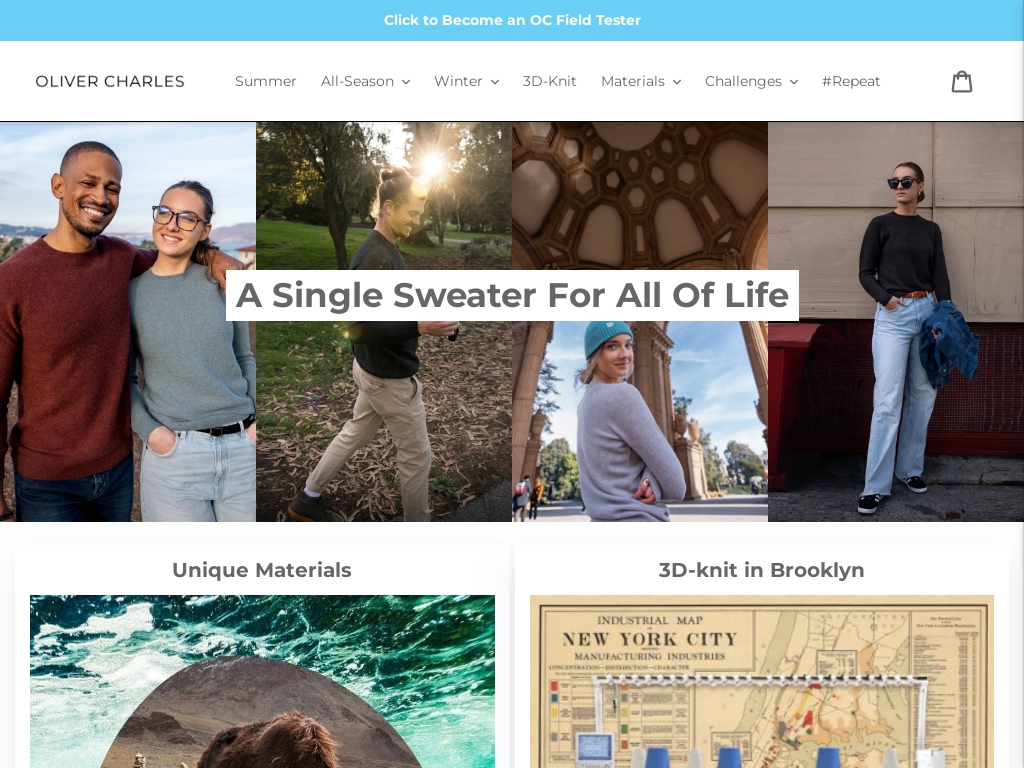

Oliver Charles, a sustainable sweater company made from seaweed and yak wool, has doubled their business since launching their first sweater on Indiegogo in 2020 with no outside investment, and plans to personalize their products like ordering a burrito.




2. Hippy Feet ($1.06M/year)
While studying at the University of Wisconsin, River Falls, the founder of Hippy Feet, Michael Mader, suffered a traumatic brain injury that left him unable to work and provide for himself. Inspired by the support he received from his friends and family during his recovery, he decided to start a business that could act as a support group for individuals experiencing homelessness. This led to the creation of Hippy Feet, a sock and apparel company that provides transitional employment to homeless youth.
How much money it makes: $1.06M/year
How much did it cost to start: $30K
How many people on the team: 2
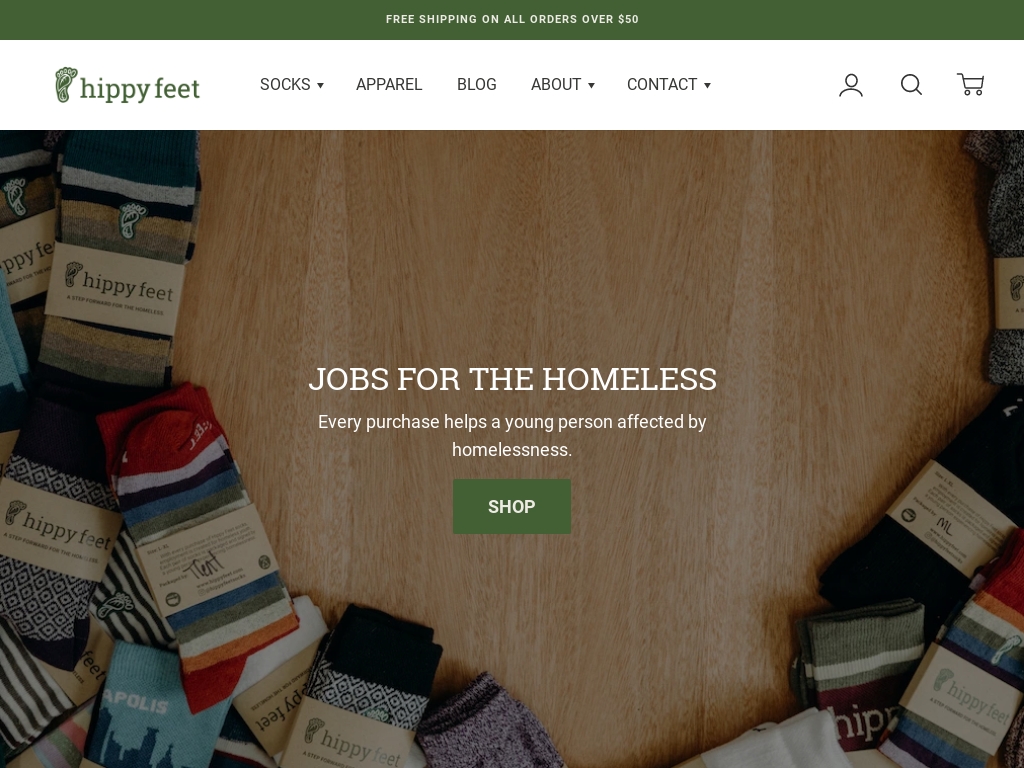

Hippy Feet, a Minneapolis-based sock and apparel company, has created jobs for over 160 individuals experiencing homelessness with a 6-month job readiness program and has grown 2020 revenue by 156% over 2019, using sustainable materials and practices while providing sales of custom, branded socks and apparel.




3. Sewing Incubator ($720K/year)
Rocio Evenett, co-founder of Sewing Incubator, came up with the idea after realizing the effects of government-sponsored outsourcing on the American garment industry. After undergoing cancer treatment, she developed a business plan to empower entrepreneurs to develop and manufacture products in the USA. The company has since averaged $60K in monthly revenue and works with influencers on exclusive collaborations.
How much money it makes: $720K/year
How much did it cost to start: $25K
How many people on the team: 2
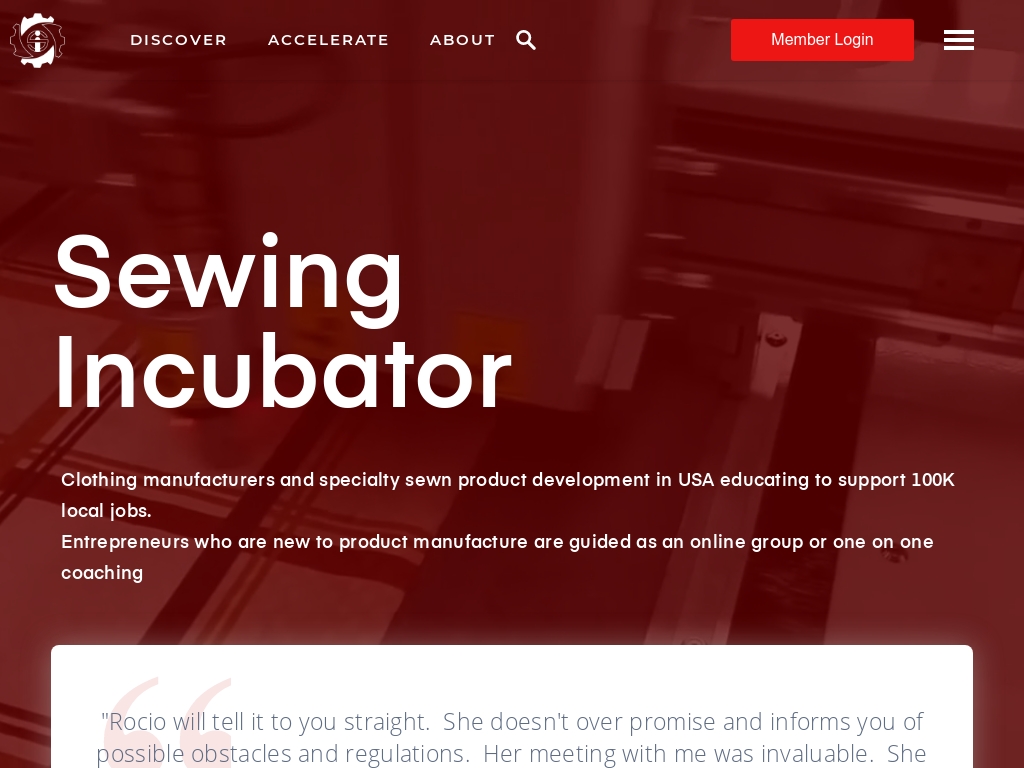

Sewing Incubator co-founder Rocio Evenett started a $60k per month sewn product development and manufacturing business in January 2020, offering entrepreneurs and industry professionals the tools they need to launch an American product line, and has plans to create 10,000 jobs in LA while leveraging accessible technology.




4. Minimalism Brand ($216K/year)
Pepe Martín, co-founder of Minimalismbrand, came up with the idea for the business by wanting to create a brand focused on developing useful, sustainable, and quality products for daily use. With his experience in developing brands and running a small agency, Pepe saw an opportunity to change the way people buy and think about design. Starting with just 2000€, Minimalismbrand has now grown to make 200K per year and has plans for expansion, focusing on the European market and launching new products.
How much money it makes: $216K/year
How much did it cost to start: $2K
How many people on the team: 3
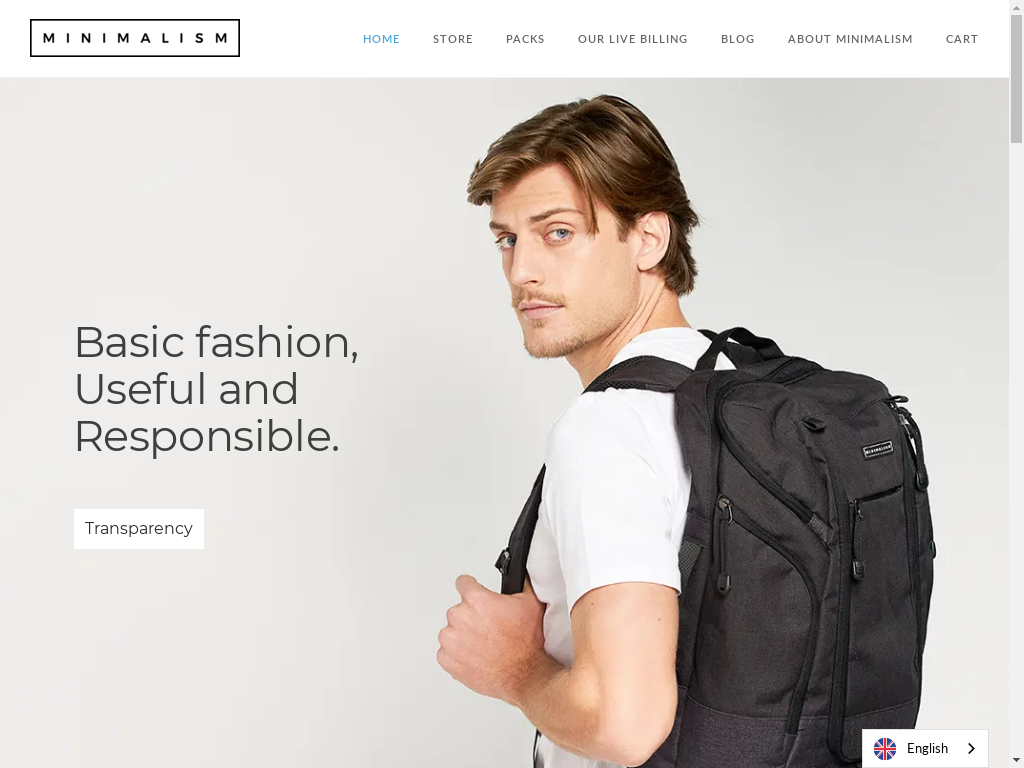

Minimalismbrand is a sustainable and durable clothing brand that has achieved $200k in annual revenue after starting with just €2k, focusing on quality over quantity, and prioritizing transparency through showing their numbers and production process.




5. Faerie's Dance ($204K/year)
Adrienne, the founder and CEO of Faerie's Dance, came up with the idea for her sustainable fashion business after struggling to find eco-friendly clothing for herself. Recognizing the lack of options in the market, she decided to create an online store that brings together the best eco-brands in one place. The business has since grown, with organic cotton bras becoming their signature product, and they now generate an annual revenue of $65k - $75k.
How much money it makes: $204K/year
How much did it cost to start: $50K
How many people on the team: 2


This eco-fashion case study showcases a sustainable clothing company that generates an adjusted gross income ranging between $65k - $75k per year and has over 13,000 newsletter subscribers, predominantly focused on ethical, eco-friendly clothing, lingerie, jewelry, and accessories.




6. Sustainably Chic ($204K/year)
Natalia's business idea for Sustainably Chic stemmed from her passion for sustainable fashion, which she developed after becoming fatigued with the industry’s wastefulness and unethical practices.
At the time, sustainable fashion was not a popular topic and she felt like no one talked about it.
Motivated by a desire to create an impactful platform and realizing the lack of resources in sustainable fashion, she started her online community to showcase ethical brands, which quickly gained a significant following.
How much money it makes: $204K/year
How much did it cost to start: $3K
How many people on the team: 1
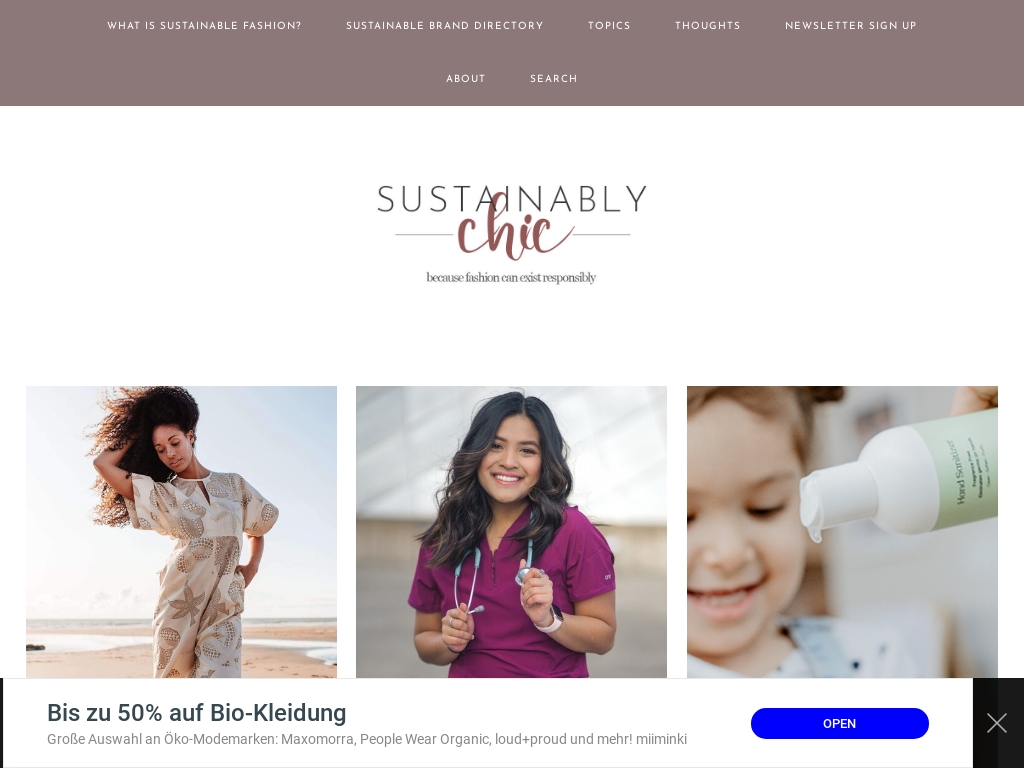

This case study follows the founder of Sustainably Chic, a sustainable fashion blog with 60k monthly visitors and $6k monthly revenue, providing insights on building a successful blog, effective branding, and the importance of value and sustainability.




7. IndieGetup ($96K/year)
Brandon Dendas, the co-founder of IndieGetup, came up with the idea for the fashion discovery platform while searching for a directory or platform that listed small, innovative clothing brands. Failing to find one, he and his co-founder decided to create IndieGetup as a centralized location for people to discover and shop for alternative clothing brands that align with their lifestyle and support their local economy. The platform now generates $5,000 per month in revenue through various channels such as sponsored content, giveaway promotions, and affiliate sales.
How much money it makes: $96K/year
How much did it cost to start: $289
How many people on the team: 0
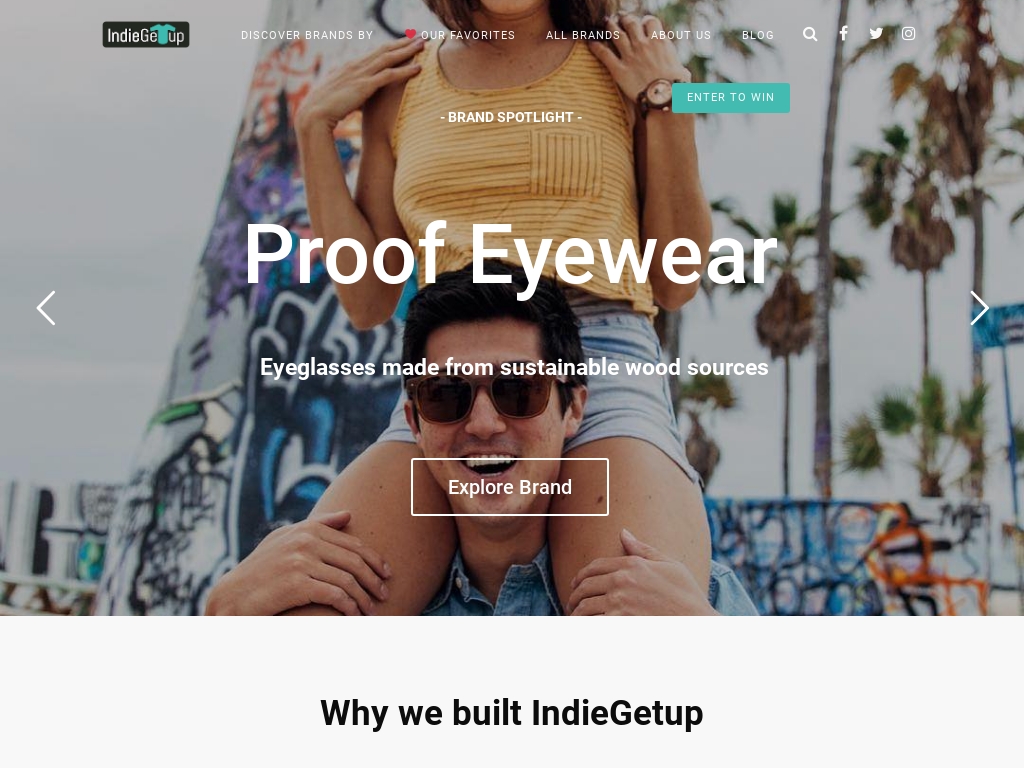

IndieGetup, a fashion discovery platform garnering $5,000/mo. in revenue through sponsored content, giveaway promotions, B2C & B2B affiliate sales, helps emerging, consciously-driven, and local apparel brands gain exposure, generated by its founders' passion for finding innovative, emerging, alternative clothing brands that align with people's lifestyles and local economies.





Download the report and join our email newsletter packed with business ideas and money-making opportunities, backed by real-life case studies.

Download the report and join our email newsletter packed with business ideas and money-making opportunities, backed by real-life case studies.

Download the report and join our email newsletter packed with business ideas and money-making opportunities, backed by real-life case studies.

Download the report and join our email newsletter packed with business ideas and money-making opportunities, backed by real-life case studies.

Download the report and join our email newsletter packed with business ideas and money-making opportunities, backed by real-life case studies.

Download the report and join our email newsletter packed with business ideas and money-making opportunities, backed by real-life case studies.

Download the report and join our email newsletter packed with business ideas and money-making opportunities, backed by real-life case studies.

Download the report and join our email newsletter packed with business ideas and money-making opportunities, backed by real-life case studies.













